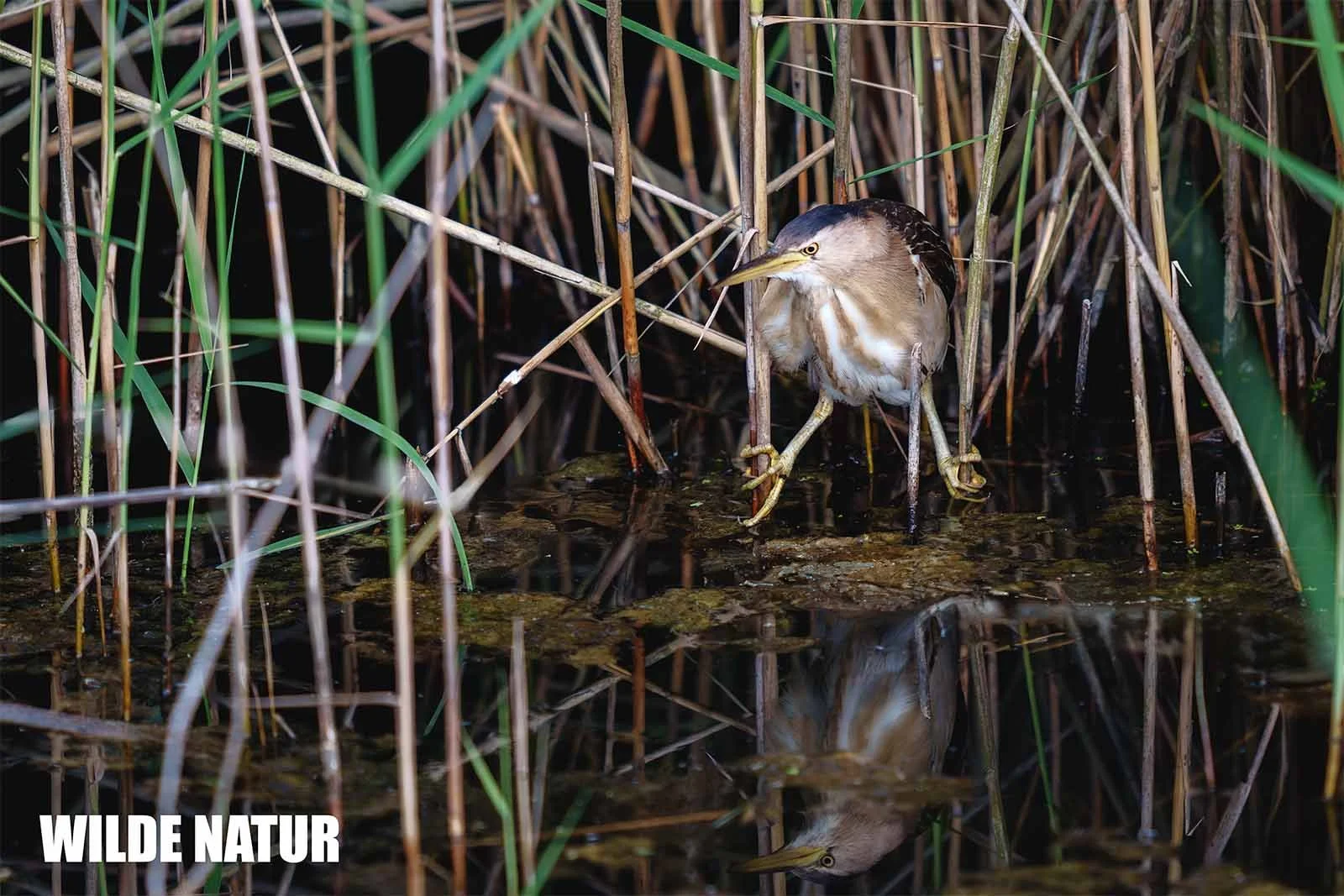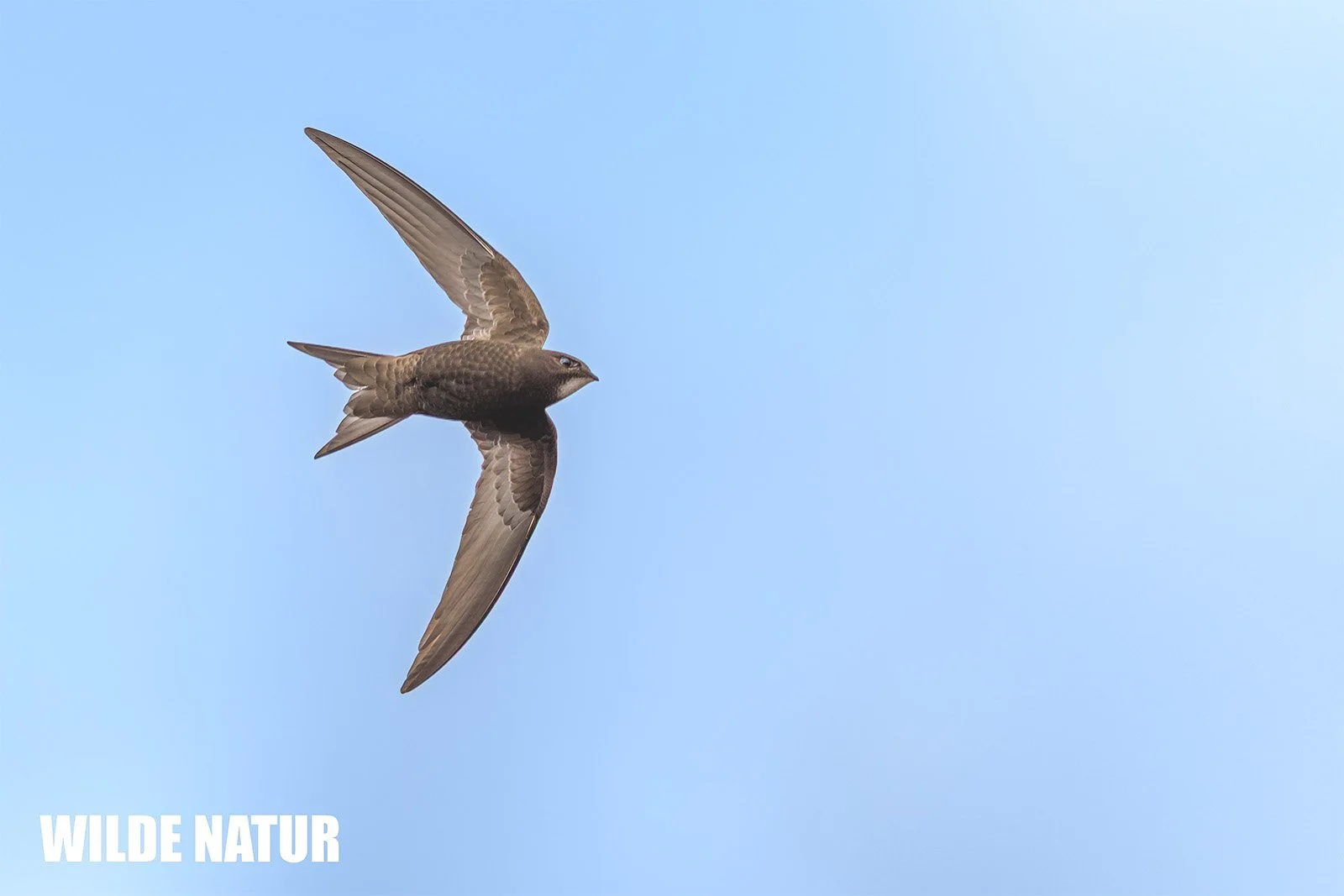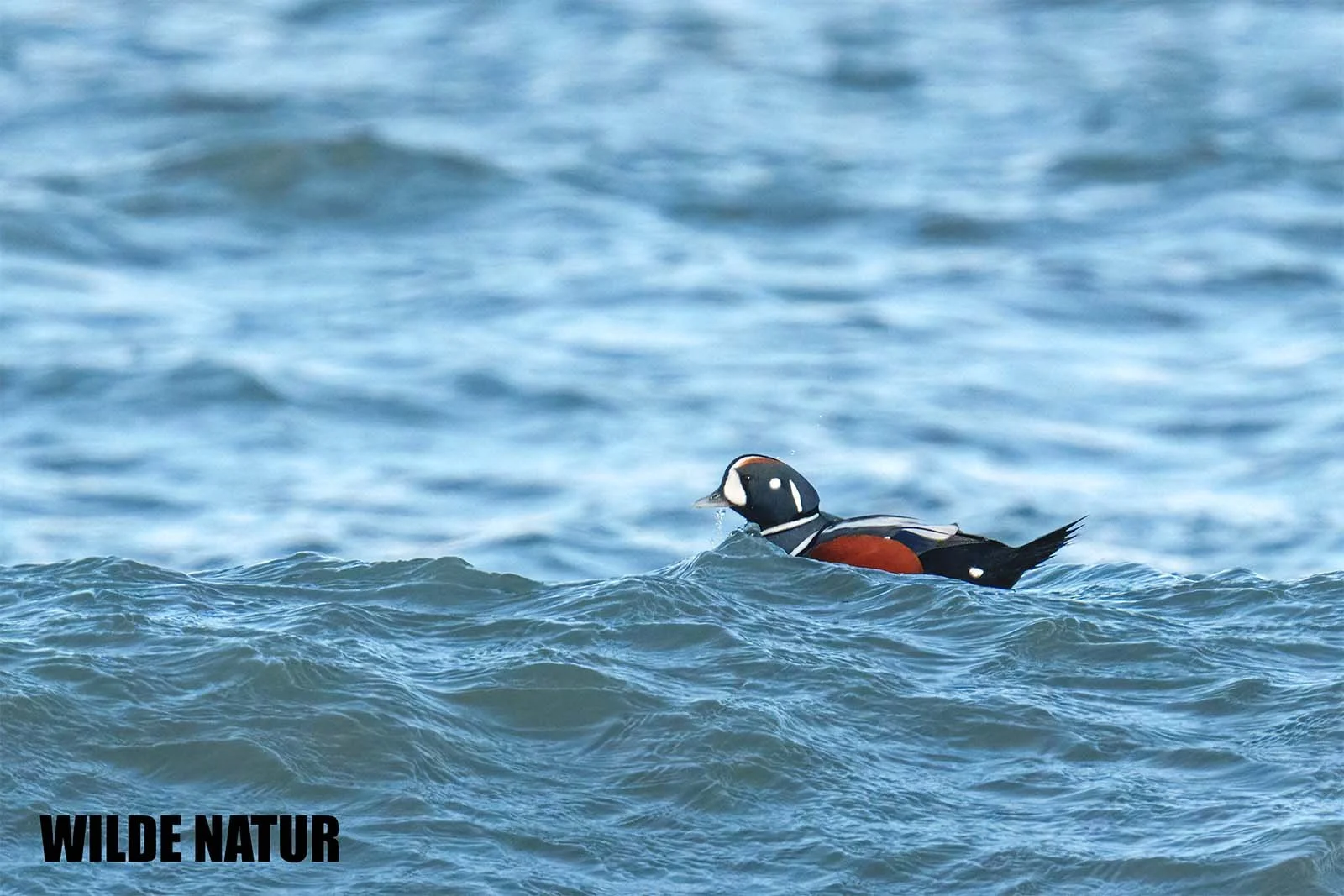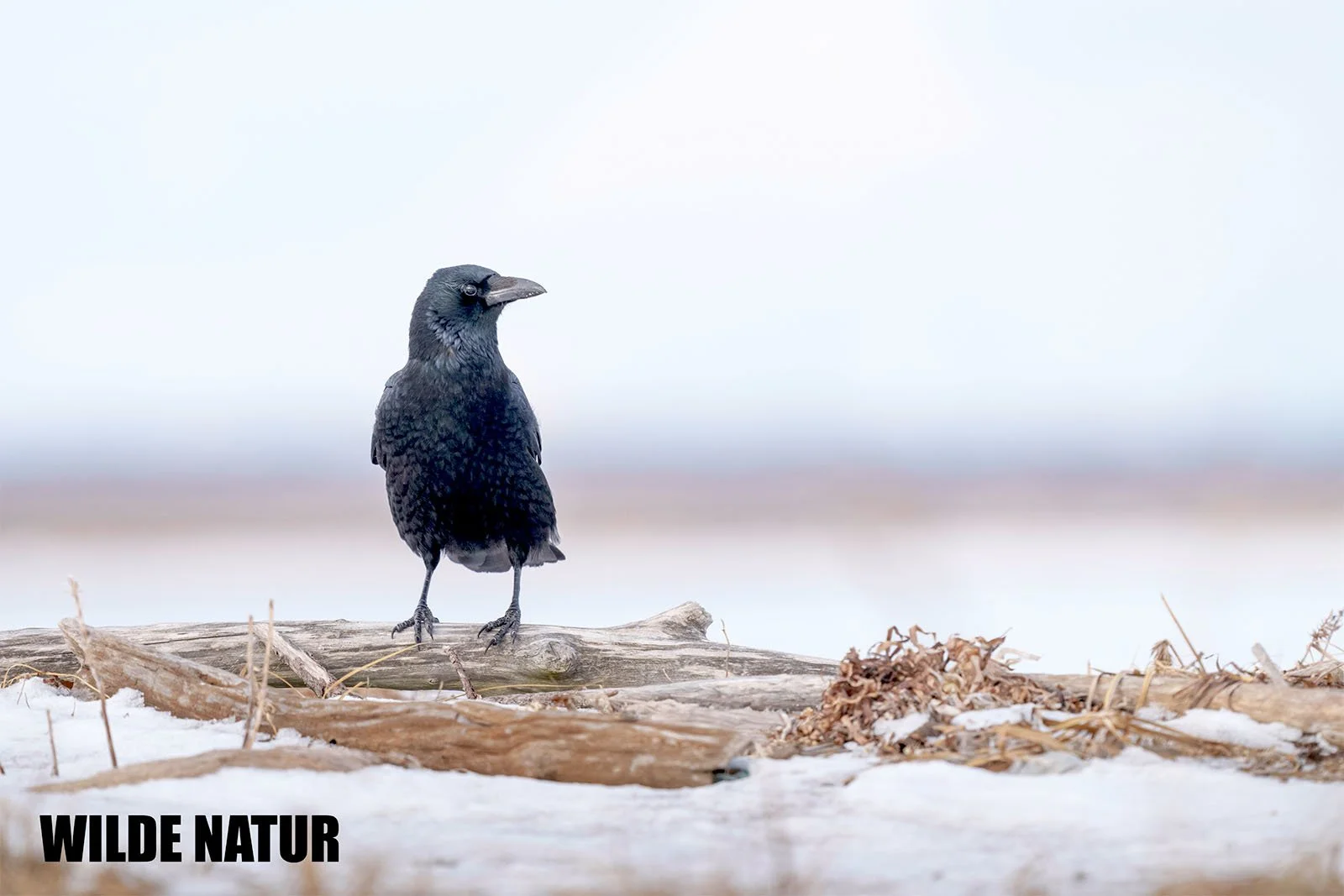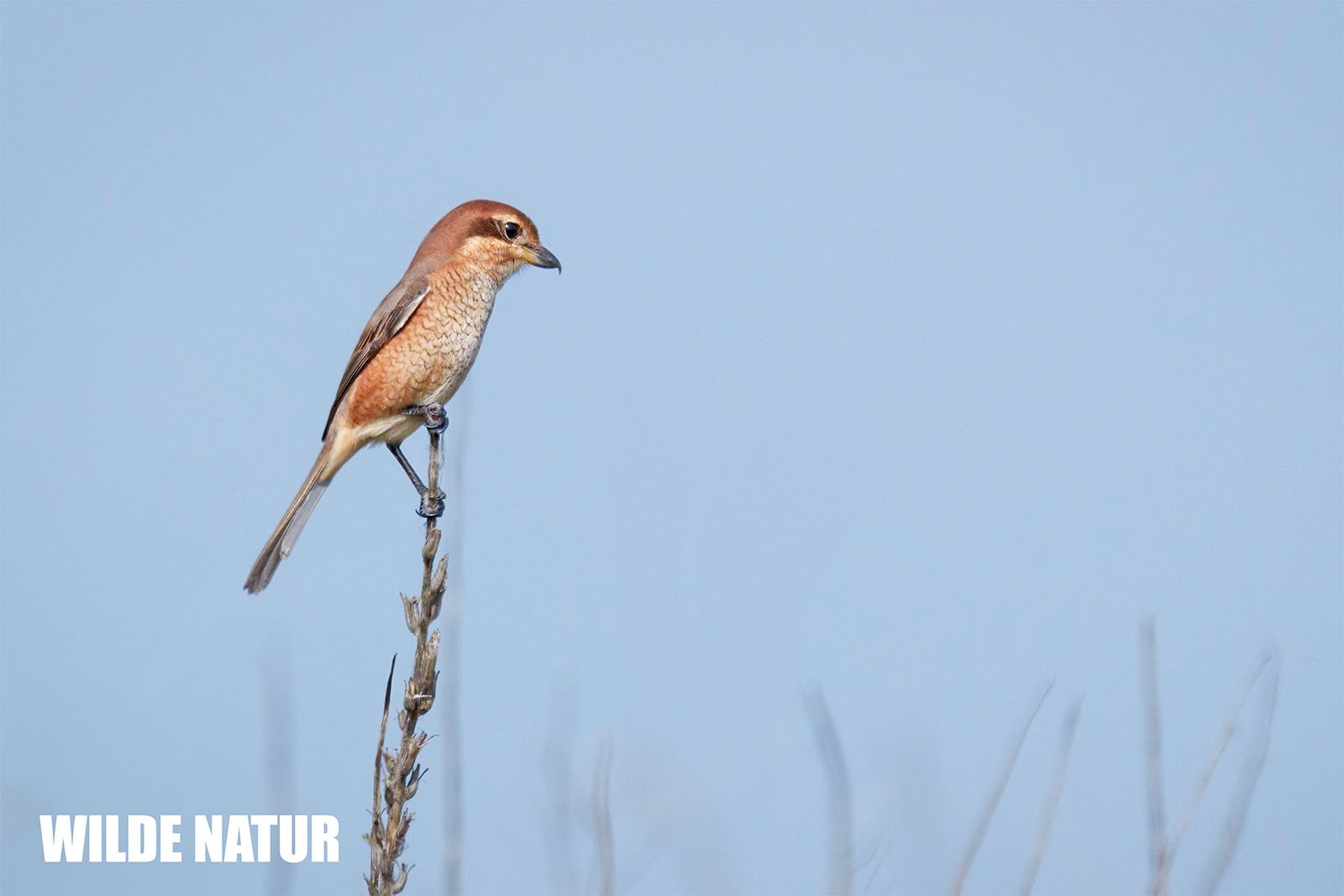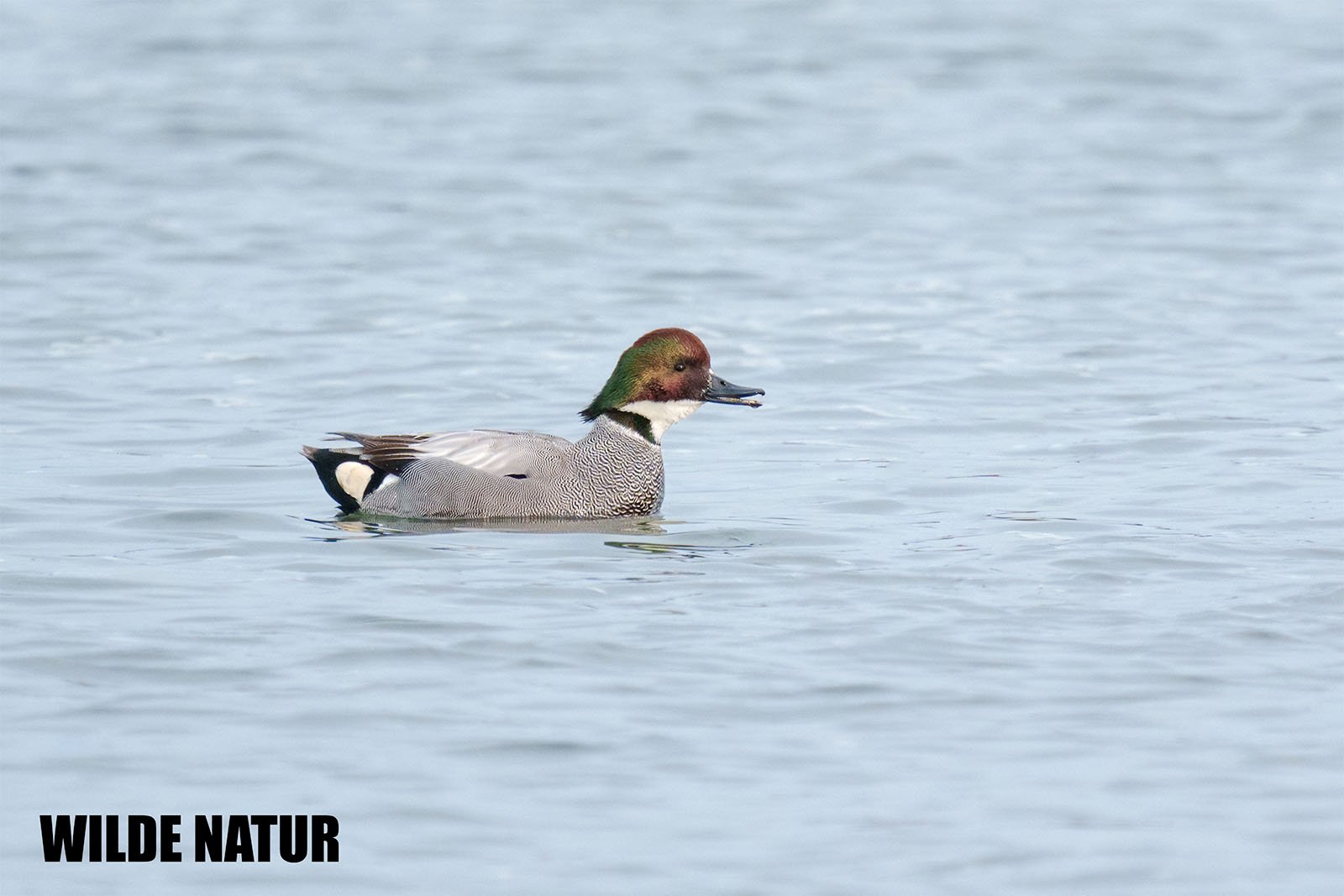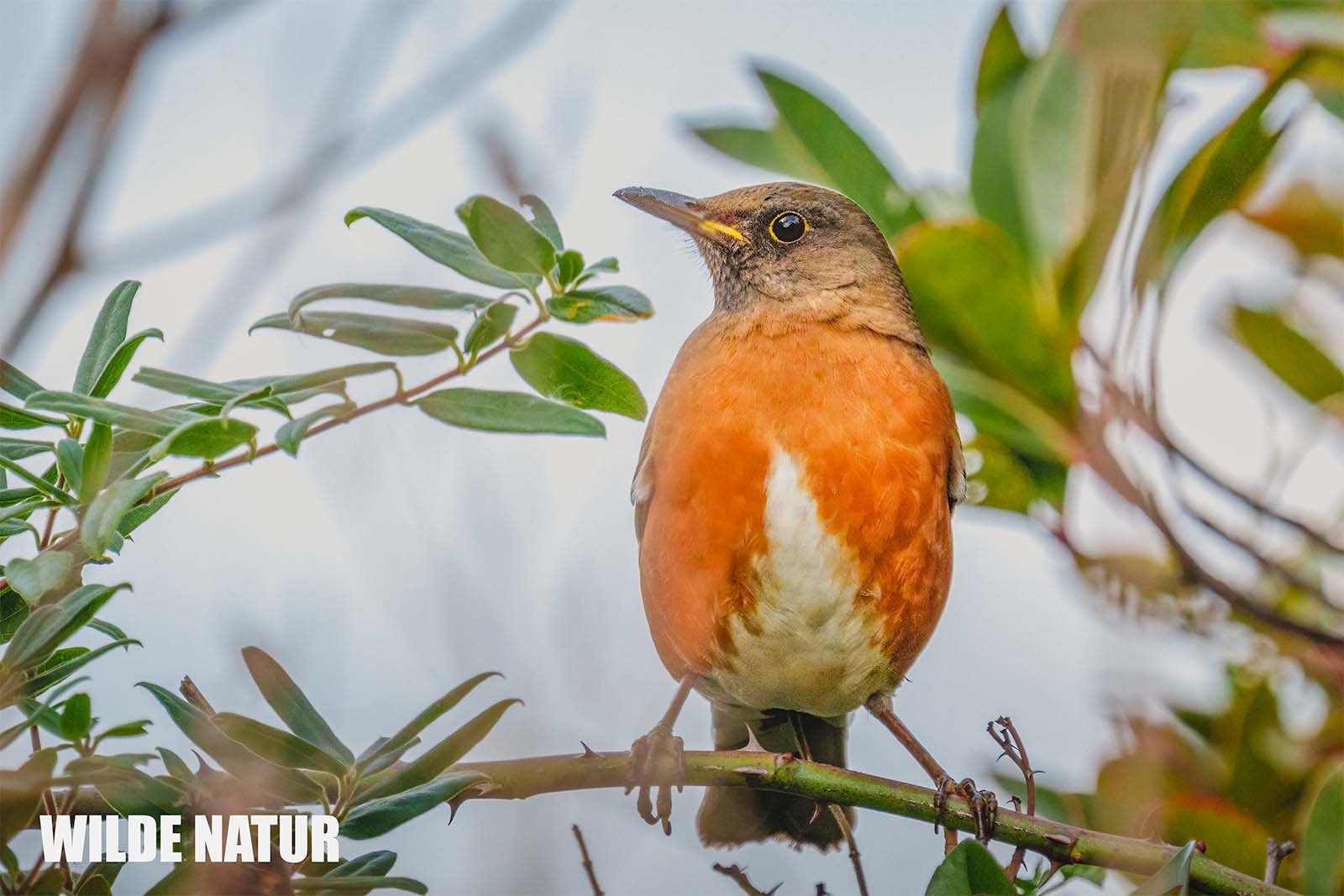European Robin (Erithacus rubecula)
Robin (Erithacus rubecula) - Image taken at Darß Zingst, Mecklenburg-Western Pomerania
Key Data:
Size: 13.5 - 14 cm
Weight: 15 - 18 g
Food: Insects, small spiders, worms, and snails
Season: Resident bird / Migratory bird
Observation Tip: Riparian forests, deciduous, mixed, and coniferous forests
Photography Tips:
Lens: from 200 mm
Difficulty Level: Easy
The European Robin (Erithacus rubecula) belongs to the family of Old World flycatchers (Muscicapidae) and is native to Europe, Asia Minor, North Africa, and Mediterranean islands. It mainly feeds on insects, small spiders, worms, and snails. Due to its frequent sightings, appearance, and often short flight distance, the European Robin is a popular bird among many people.
The European Robin has a round shape and long, slender legs. It is easily recognizable by its striking orange-red throat, forehead, and breast, allowing for easy identification. The feet and iris are dark brown, while the bill ranges from black-gray to brown-black. Each side of the bill is equipped with three to four bristles. The European Robin measures approximately 13.5 to 14 centimeters in length, with a wingspan between 20 and 22 centimeters. Its body weight usually ranges from 15 to 18 grams.
The adult European Robin displays a bright orange-red coloration on the forehead, throat, and breast, as well as on the sides of the head and neck. The orange spot on the chest is particularly noticeable. The color on the forehead is less pronounced and bordered by a gray edge. The back is usually olive-brown, sometimes slightly gray in spring when the outer feathers are worn. The belly is white, surrounded by light brown body sides. The tail coverts are yellow-brown, and the underside of the tail is cream-colored. The tail feathers are dark brown with a yellow-gray edge, and the wings have rust-brown tips on the wing coverts and primaries. The underwing coverts are gray-white or light brown.
The European Robin is known for its alarm and disturbance call, referred to as "ticking" or "ticking." This call consists of a series of strong and rapidly repeated "ticking" elements. The bird warns of aerial threats with an elongated "zee" call and, in the event of an attack, emits a trilling alarm call called "zeep." When the European Robin notices an owl nearby, it gives a warning call called "zib." Adult birds communicate with each other using a contact call called "dib" and, during migration, with a sound resembling "triet." When they are aggressive, they express this through bill clapping, known as an instrumental sound.
The European Robin has a highly versatile song with 275 documented, constantly changing motifs. The song is usually delivered from a high singing post and is accompanied by an extended chest, emphasizing the red coloration. The bird begins to sing about an hour before sunrise and can still be heard long after sunset, especially at dusk. With the exception of the molting period, European Robins sing all year round. In spring, the singing activity increases among birds in Central Europe, while it noticeably decreases in wintering specimens in winter. In contrast, European Robins from northern and northeastern Europe also sing intensively during Central European winters, as long as it is not too cold. While females sing less frequently during the breeding season, the singing activity of males increases significantly when they are searching for a mate. Once a pair has formed, the male temporarily stops singing almost entirely.
Populations of European Robins in northern and eastern Europe are migratory birds that winter in the Mediterranean region and the Near East. They set off in October and return in March. The peak of migration occurs at the end of September/early October in Switzerland, Lake Constance, northern Germany, and eastern Austria. After that, the number of captured European Robins steadily decreases until early November.
The European Robin originally inhabits riparian forests, deciduous, mixed, and coniferous forests, provided the herb layer is not too dense and there is a rich soil fauna. It can also be found in shrubs, hedges, and undergrowth. It often prefers a water-rich area and prefers shady and relatively humid areas to dry and hot ones. In the mountains, it is found up to 2600 meters above sea level. Parks, cemeteries, field hedges, and gardens are also part of its habitat.



